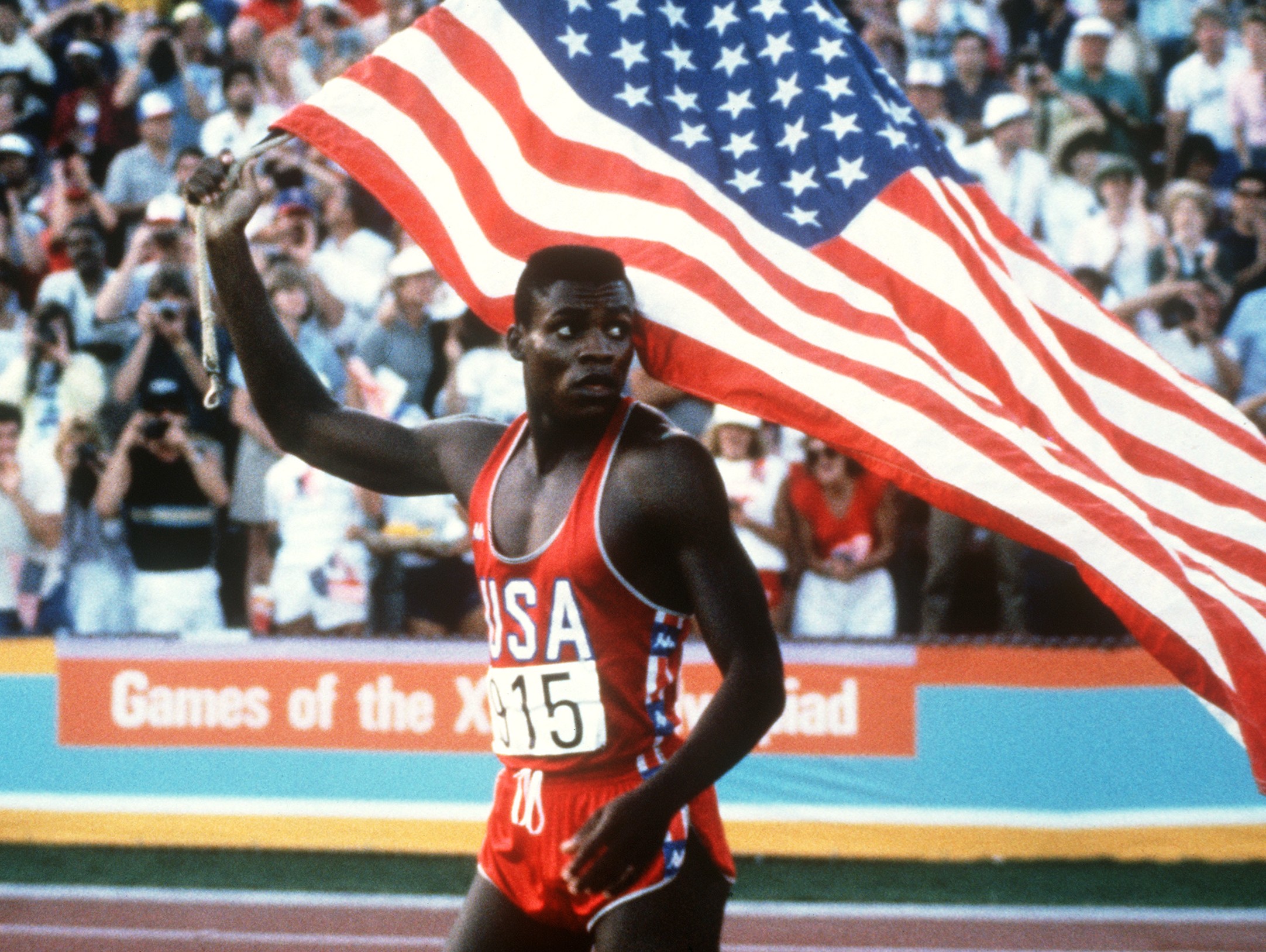Participating in a marathon should be a fun, rewarding and safe experience. However, preparing for a marathon requires a lot of time, discipline and commitment, and can often feel overwhelming and, in some cases, result in injury. This is especially true if you are new to running or are running your first marathon. Here are some tips that will help you get the most out of your marathon running. And remember, it’s not just about how fast you finish the race, it’s about avoiding injury and having fun. There are a variety of effective and detailed training plans available for beginner, intermediate and advanced runners. A sports medicine specialist can help design a specific training plan for your level. Since a marathon is considered the ultimate running challenge, it’s important to make sure that your body is up for the challenge.

Important Tips for Marathon Running
1. Health check-ups and treadmill test. If you are a beginner or if your family has a history of heart diseases, high cholesterol, diabetes or high blood pressure, do a treadmill test before running. Be aware of your body. If you feel dizziness, chest pain, pain in the jaw, shoulders or abnormal shortness of breath while running, stop there and report to your doctor immediately. If you have asthma or exercise induced asthma (EIA), running can sometimes worsen your symptoms. This may include wheezing, coughing, and shortness of breath. Before starting a running routine, make sure your asthma is well controlled. Your doctor can help you manage your asthma before you hit the pavement. During the run, if you’re feeling dizzy or have a difficulty in breathing, take a break and rest until your breathing has returned to normal. Always take your rescue inhaler while running. This will help you prevent an asthma attack if you experience any symptom.
2. Taper before the race. Your last long run should take place approximately three weeks prior to the marathon. It takes that long for the training-induced muscle damage to resolve. Adding one more long run could lead to trouble. There will be minimal gain, if any, and may cause an athlete to suffer from “dead legs” during the event. The mileage two weeks before the race should be reduced by 25% to 50% versus the previous week. You should further cut this mileage in half the week before the race.
3. Take rest. Sleep for at least 7-8 hours pre-race day. Running a marathon involves a lot of wear and tear on your body, therefore getting adequate sleep and rest during this period is essential so that you don’t burn out before the race.
4. Mental preparation. Do meditation for at least 5-10 minutes. Practice deep breathing and visualize yourself cruising along the course, enjoying the trip. Mental imagery is a positive tool that we so often forget about. Focussing on the positive aspects of a marathon – the accomplishment, strength, and pride you gain from the race – when you are at a low point will motivate you to keep going.
5. Eat well. Try to stick with the same food intake that you take on normal days. Don’t run on a full stomach. Eat some complex carbohydrate about 45 minutes prior to race, such as breads, rice, pasta and starchy vegetables. This helps maximize your glycogen (energy) stores. The two main abdominal issues facing runners are the dreaded side stitch and diarrhoea. High fibre foods are beneficial in maintaining a normal transit time for digested products, but try to avoid a heavy fibre meal 4 to 5 hours before marathon.

6. Hydrate properly. Drink 400-500 ml water 45 minutes before running and 80-100 ml every 15 minutes. Many races provide water and gels or electrolyte drinks on the course. If you have not practised using these products during your long runs, don’t use them on race day. Even small differences in sugar concentration can cause stomach upset during an event. Bring your own supply that you practised with on race day. You must have both a fuel source, usually in the form of gels or chews, and your electrolyte source with you.
7. Check out your shoes. Do not wear new shoes or new track suit before the race. Wear shoes that you have worn during a few long runs (as long as they did not create any problems).
8. Warm up and cool down. Warming up and cooling down are essential parts of every run and should not be skipped. By properly warming up and cooling down, you can prevent injuries and get the most out of your workout or race. Do dynamic stretching before the race and static stretching during cool down.
9. Start out slow. When you start your marathon, you’ll feel strong and confident, but you must keep telling yourself to hold back. Running your first half slower than the second half (called a negative split) is the key to running a smart and enjoyable marathon. Run your own marathon: Don’t be worried if you see a lot of people passing you. They may be starting out way too fast, so you’ll catch them later — at your own pace. Don’t get too emotional: It’s tempting to start high-fiving spectators and jumping up and down when you pass family members and friends. You’ll have the energy to do that during the first 10 miles, but try to stay as calm as possible. You’ll need to conserve your mental energy for the rest of the marathon. During the last mile, maintain your pace or slow down; do not sprint the last part of the race unless you have practised this in your training.
10. Avoid pain-killers. Many competitors try to prevent pain interfering with their performance by taking painkillers that are readily available in pharmacies. These medicines have risks and potential side effects. They can increase the risk of heart attack, stroke, ulcer, gastrointestinal pains, nausea and pose risks to the kidneys and liver. These medicines have also been shown to hamper healing and recovery process of muscles. Runners should avoid these medicines within 48 hours of the race to avoid potential dangers. A diet rich in anti-inflammatory foods may help with your recovery naturally. Load up on onions, apples and berries (high in quercetin), as well as grapes, spinach, plums and coffee (for the polyphenols) which have been found to reduce inflammation in athletes.
No matter what the results are, be proud of yourself. You can learn from every race.


Dr Saranjeet Singh
Fitness & Sports Medicine Specialist
Lucknow








I have noticed that in unwanted cameras, extraordinary receptors help to focus automatically. Those sensors associated with some cameras change in in the area of contrast, while others start using a beam associated with infra-red (IR) light, specially in low lighting. Higher specs cameras oftentimes use a mixture of both devices and likely have Face Priority AF where the digital camera can ‘See’ a new face while keeping your focus only on that. Thanks for sharing your ideas on this web site.